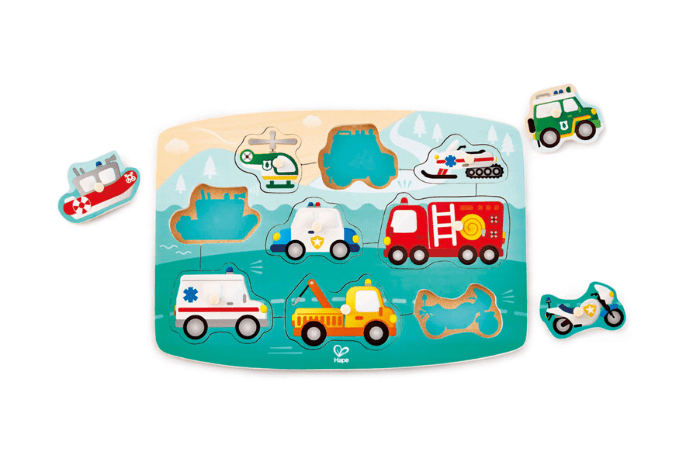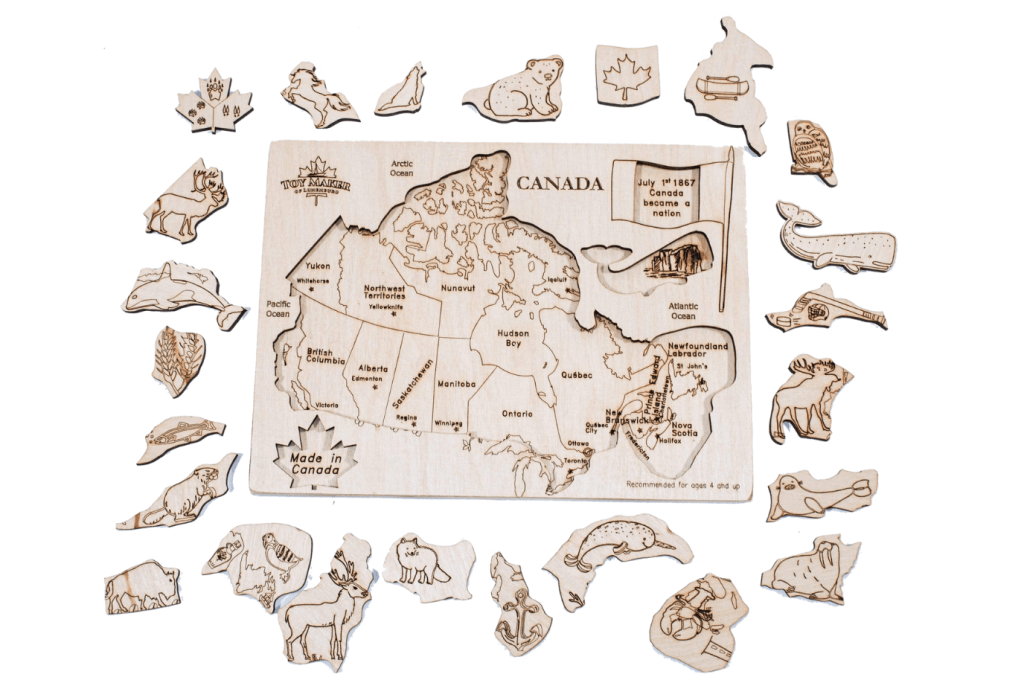Menu
-
-
Shop Gifts By Age
- Gifts For a 0-6 Month Old
- Gifts For A 6-12 Month Old
- Gifts For A One Year Old
- Gifts For A Two Year Old
- Gifts For A Three Year Old
- Gifts For A Four Year Old
- Gifts For A Five Year Old
- Gifts For A Six Year Old
- Gifts For A Seven Year Old
- Gifts For An Eight Year Old
- Gifts For A Nine Year Old
- Gifts For A Ten Year Old
-
Shop Gifts By Budget
- New Arrivals
-
Toys
- Large Active Toys
- Animal Toys
- Arts & Crafts
- Award-Winning Toys
- Bath Toys
- Birthday Wishlists
- Building Toys
- Cars, Trains, & Trucks
- Games
- Instruments
- Loose Parts Play
- Loot Bag Toys
- Made in Canada
- Outdoor Toys
- Pretend Play
- Puzzles
- Sensory And Fidget Toys
- Sensory Bin Tools & Fillers
- STEM Toys & Activities
- Toronto-Themed Gifts
- Travel Toys
- Wooden Toys
- Waiting Room Toys & Furniture
-
Montessori Materials
- Montessori At-Home Program
-
Montessori Furniture
-
Bundles & Sales
-
Books
-
Shop By Age
-
Shop By Brand
- Brands A-F
- Brands G-L
-
Brands M-R
- MagicPlaybook
- Magna Tiles
- Make Believe Ideas
- Makedo
- Manhattan Toys
- Math for Love
- Milaniwood
- MindWare
- Mojo Toys
- Moluk
- Moulin Roty
- Native Northwest
- nic
- Nienhuis
- Ooly
- Opinel
- Ostheimer
- Papoose
- Peaceable Kingdom
- Plan Toys
- Plus-Plus
- Preschool Collection Watches and Timers
- Ravensburger Puzzles
- Real Life Pages
- Brands S-Z
-
- 866-901-4696
- Gift Registry
- Login


Writing Activities Starting in Infancy - How Montessori Uses Puzzles To Teach Handwriting at 6 Months+
3 min read
In Montessori, they're offered in a specific sequence to properly build the hand strength and grasp so children are ready to write when they show interest.
Puzzles are also great because they're self-correcting so they are excellent for independent play. The puzzle itself tells the child if they’ve done it correctly or not, eliminating the need for an adult to "correct" them.
How To Introduce Puzzles For Each Stage of Development
Infants
In infancy, puzzle pieces can be explored in a basket without the board.
You can also offer one-piece puzzles. These are recommended in Montessori but not overly common because children grow out of them very quickly.
Adding the puzzle pieces to the basket is exploratory in nature. You can enrich the activity by naming the shape or animal of each image on the puzzle piece. If your puzzle has cartoon animals on it, have some photographs of the animals in real life and mimic their sounds.
Step 1 - Puzzles with Large Knobs
Example: Plan Toys Shape Matching Puzzle

Why start here? The knobs are large and there are only 3 pieces.
Also, the shapes are distinctly different so it’s easier for the child to discriminate between them and their corresponding spot.
Your child may be ready for this type of a puzzle when they start showing an interest in putting things inside other things.
Toddlers
Step 2 - Puzzles with Small Pegs
Example: Hape Emergency Peg Puzzle

The next stage of puzzle has much smaller pegs, requiring the use of the pincer grip to remove.
You’ll know when child is ready for a puzzle like this when they start using their pincer grip to pick things up.
Step 3 - Jigsaw Puzzles
Example: Beleduc Happy Animals Beginner Puzzle

Jigsaw puzzles are especially great for development because they develop the coordination of two hands working together and fine motor control. This is so important for many skills in life, i.e. getting dressed, preparing food, cleaning, etc.
When starting with jigsaw puzzles, offer puzzles that have fewer pieces, like the Beleduc one linked above (3 pieces). Gradually add more pieces, i.e. don’t jump from a 5 piece puzzle to a 25 piece puzzle. You want to build on previous skills. Progressive puzzles, like the dino one shown here, are great for skill building. The offer a 6, 9, 12, and 16 piece puzzle in one box.

If the puzzle is too easy or too hard, your child will lose interest quickly so it's important to offer puzzles at their current skill level.
You’ll know your child is ready for this type of puzzle when the knob/peg puzzles aren’t challenging enough.
Step 4 - Layer Puzzles
Example: Beleduc

Layer puzzles are great for ages 3+ because there is often a theme or educational purpose, i.e. human body, life cycle of an apple, etc. They also develop patience. If child misses a layer, they have to take it all apart and start again.
You can introduce these types of puzzles once your child has become comfortable with jigsaw puzzles that have the same amount of pieces as the layer puzzle you're looking to buy or once they are interested in the theme/educational purpose, i.e. they show an interest in learning about lifecycle of a frog.
If you introduce a layer puzzle like this and your child is showing frustration or no interest, put it away for now and stick with the jigsaw puzzles for a little longer.
You can also simplify them by introducing one layer at a time.
Step 5 - Irregular Shaped Pieces
Example - Map of Canada Puzzle

This is the hardest puzzle we have at the shop.
This is best suited for a child who has had a lot of previous experience and interest in puzzles.
It’s continuing to build on previous skills, like visual discrimination skills because the pieces are oddly shaped, hand-eye coordination because placing the pieces requires precision, and patience.
Other examples of these types of puzzles are:
BONUS - Puzzle Rotation
You don’t need to have more than 1 or 2 puzzles out at a time. More than that can be overwhelming. You can simply rotate them out when your child has lost interest.
A Note on Chunky Puzzles
“Chunky” puzzles without knobs, like the one below, are not typically found in a Montessori Toddler Classroom because they don’t refine the hand.
Technically they are appropriate for a much younger child, who is primarily using their palmer grasp (four fingers and thumb), but they don’t make sense developmentally because there are too many pieces for that age to work with successfully.
Some classrooms do have them primarily for language development. Older toddlers (2.5+) like them for imaginative play and they are great for hand-eye coordination. They just don’t align with how the hand develops.
Join Our Montessori Community
Sign up to get weekly activities, free printables, Montessori parenting guidance, and so much more.
Plus, get $10 off your first order of $100+.
Like this article? Get new articles, weekly activities, free printables, Montessori parenting guidance, and so much more.
One mom recently shared:
"Your newsletter is always SO great. It is one of the few I open and read weekly. You provide so much value. Thank you!"



![[FREE PRINTABLE] - Play Dough Ten Frame Mats](http://themontessoriroom.com/cdn/shop/articles/Katie_-_Blog_Post_Header_Images_1277_x_957_px_9_1600x.png?v=1767367284)